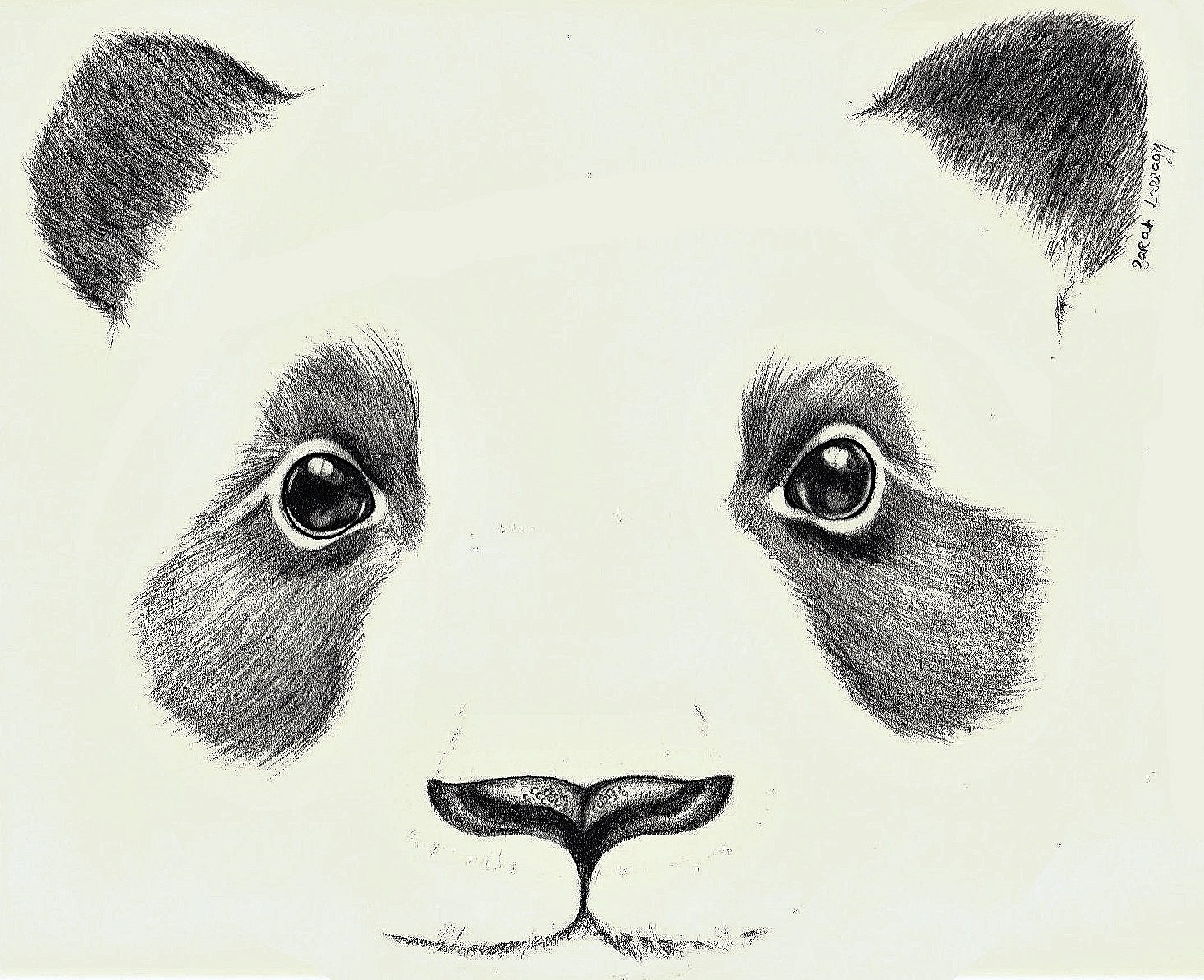The giant panda has become something of a success story after the International Union for Conservation of Nature (IUCN) downgraded its threat level from ‘Endangered’ to ‘Vulnerable’. This is largely due to the monumental efforts made by the Chinese government to preserve this icon of Chinese wildlife.
Intensive captive breeding programmes and efforts to protect pandas in the wild have resulted in a 17% increase in the panda population. While this is fantastic news, and offers hope for other endangered species, pandas are by no means out of the woods, and it is important that conservation measures continue.
Threats to pandas such as poaching appear to be decreasing, however threats from activities such as mining, hydro-power and tourism are on the rise, and threaten the current trend of an increasing population. Panda populations are quite fragmented, and some populations existing in somewhat degraded habitats are in decline, and are possibly in danger of local extinction.
A whopping 99% of the panda’s diet consists of bamboo leaves, stems and shoots, with the other 1% being made up of other plants, and meat from birds, small rodents and carrion. Despite a largely herbivorous diet, pandas still have the same gut as other bears, designed for an omnivorous or carnivorous diet. Most herbivores have a digestive system specially designed for extracting as many nutrients as possible from their food, which is usually much longer than that of a carnivore, allowing them to get more energy from less food, and spend less time eating.
Carnivores, by contrast, have a much shorter gut, as it is easier to extract nutrients from meat than from plants, and they do not need this long, slow method of digestion. As a panda’s digestive system is better equipped to deal with a meat-based diet, they have to eat a lot of bamboo to make up for the nutrients lost through their lack of ability to digest them efficiently.
Pandas have to eat between twelve and thirty-eight kilos of bamboo in a single day, and is very much reliant on it as a food source, but a polar bear, who is a carnivore, can provide for more than a week’s worth of its energy needs with a single adult seal, and can scavenge other food sources if it needs to.
Reliance on bamboo for food also means that pandas can be left with very little to eat at times. Bamboo plants go through mass flowering and dying-off events, occurring at intervals of fifteen and one hundred years, depending on the variety. In the past, pandas were not restricted to mountainous regions, and had access to species of bamboo found at different elevations, so when one species died off, pandas could travel to higher or lower elevations in order to access food.
This pattern has led to panda population decline after die-off events due to starvation. Panda populations are also quite fragmented thanks to their restriction to higher elevations, meaning individuals don’t meet very often. Females are also only able to mate for between two days and a week in a whole year. Pandas are being conserved in the wild by means of protection, and a captive breeding and reintroduction programme. Attempts at breeding in captivity began in 1955, but were unsuccessful until the birth of Ming Ming, the first giant panda to be born in captivity, on the 9th of September, 1963 in the Beijing Zoo.
Since then, a number of captive breeding facilities have been established, with astounding success. The Chengdu, Wolong, and Bifengxia Panda Centres have been breeding pandas for about twenty years, while also carrying out research. Rather than introducing males and females, which has had quite limited success, most panda pups in these centres are produced through artificial insemination. When possible, pups are left to be raised by their mothers, but keepers step in if there are any signs of trouble.
In the case of twins, keepers alternate which pup is with the mother, and which pup is in an incubator. In the wild, in the event of twins, one pup would be raised by the mother, and the other would simply not survive. Funding for these centres comes from the Chinese government, the World-Wildlife Fund, and the tourism they generate.
Tourists come from far and wide to see these beautiful bears, and in doing so, generate quite a lot of funding for the centres. In the Chengdu centre, visitors can pay to work as a volunteer for a day. These centres lease pairs of pandas to foreign zoos in exchange for funding in order to further conservation efforts. This use of pandas as gifts, known as Panda Diplomacy, dates back to the Tang Dynasty, when Empress Wu Zetian (625 – 705 AD) sent a pair of pandas to a Japanese Emperor as a gift.
The news that the giant panda is no longer endangered came in the same week that the Eastern gorilla is now critically endangered, meaning that four out of six great ape species are critically endangered. Genetically isolated grey whales in the Russian far east remain critically endangered, and are at risk from industrial expansion in the area, but the population experienced an increase from just 115 individuals to 174 in the past year.
In this same week, the U. S. Fish and Wildlife Service (FWS) reopened a thirty-day public comment period on whether or not the grizzly bear, a subspecies of brown bear, should remain a protected species in Yellowstone National Park. A decision is expected on this contentious issue early next year.







